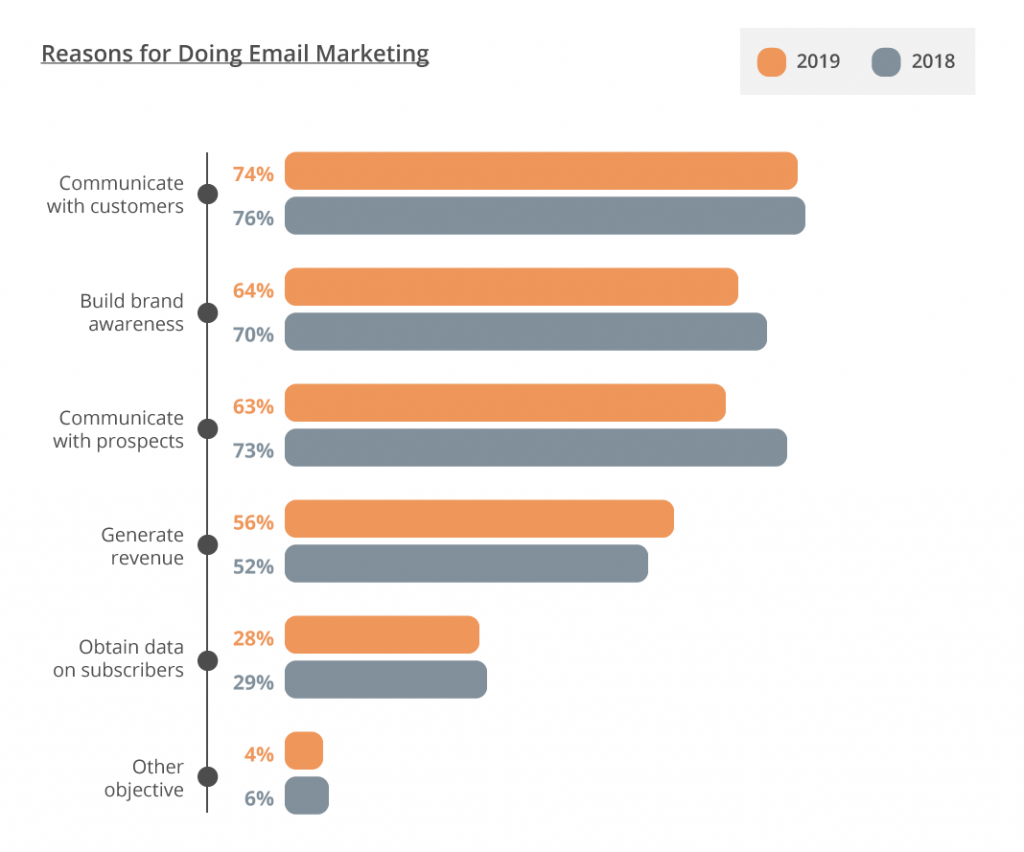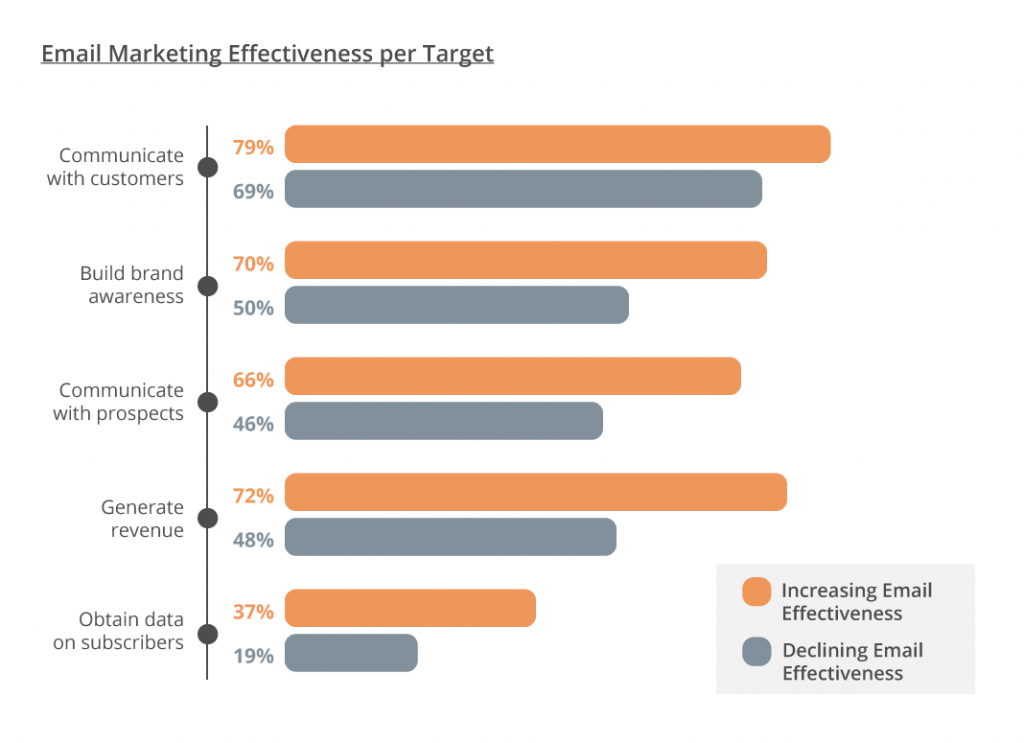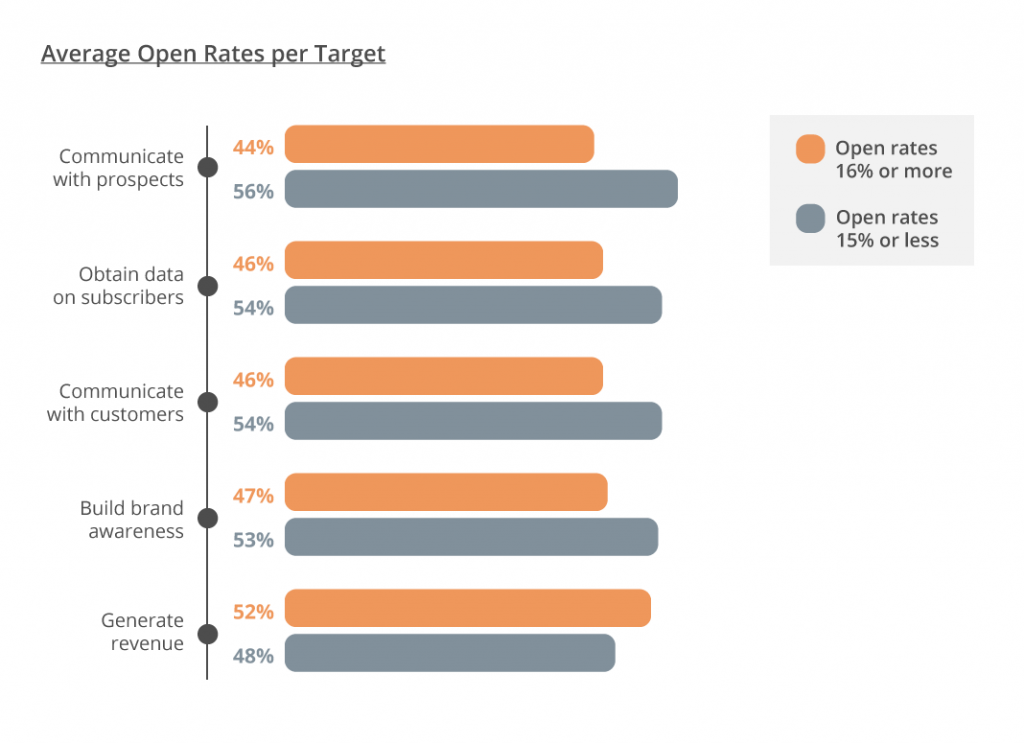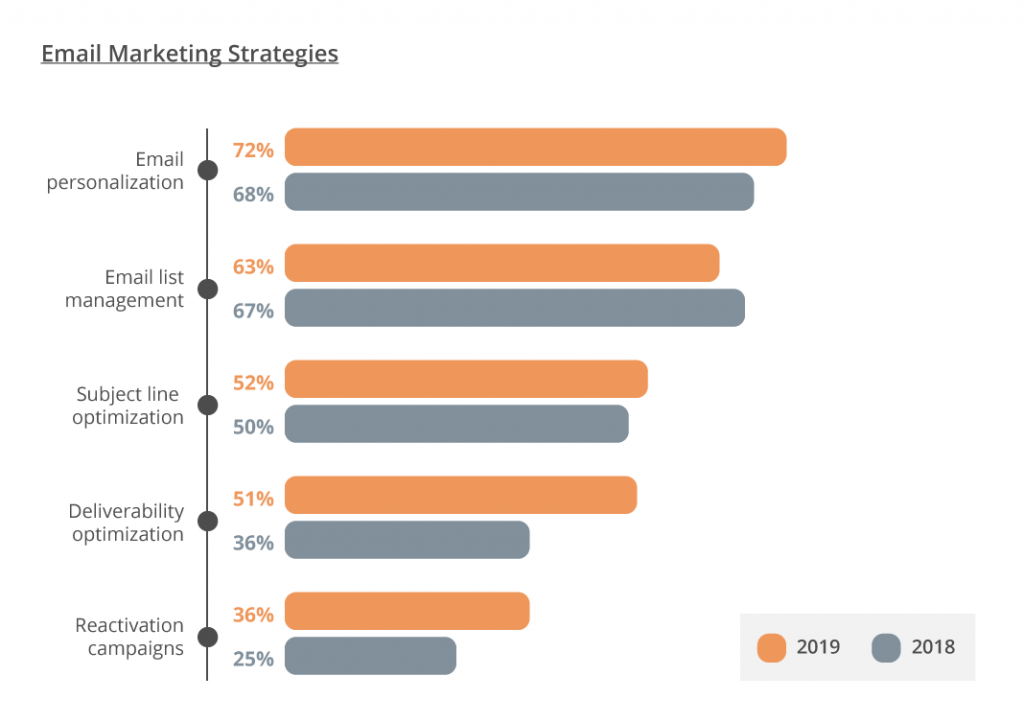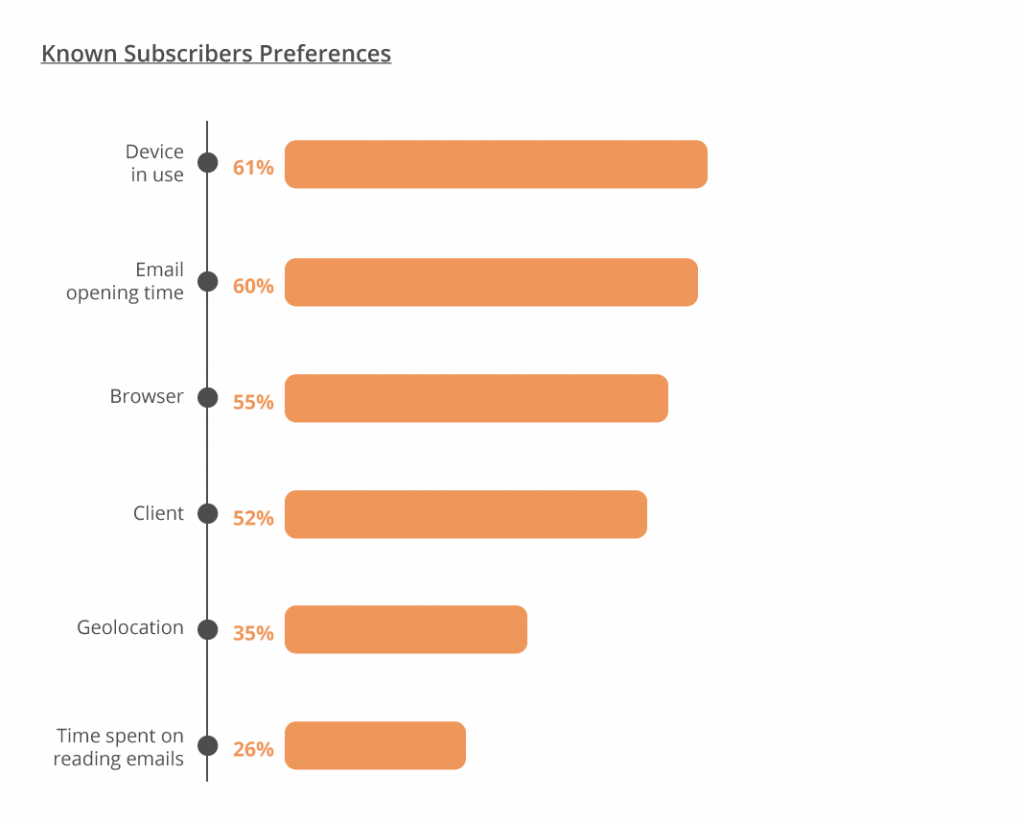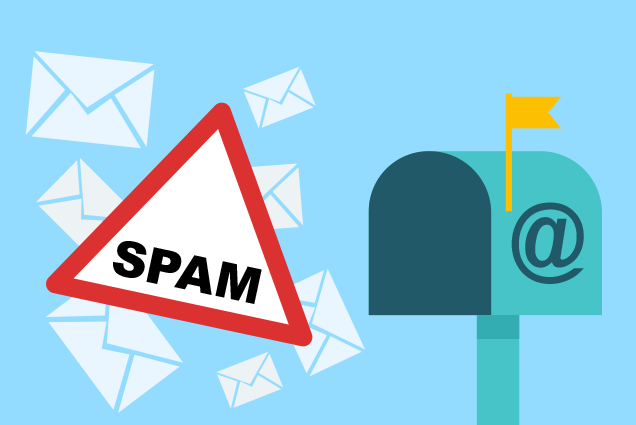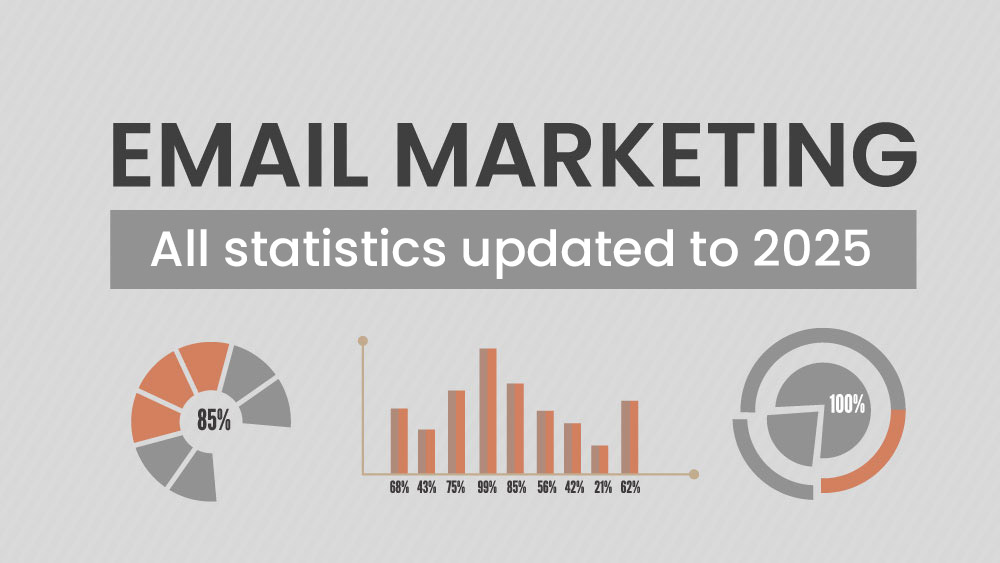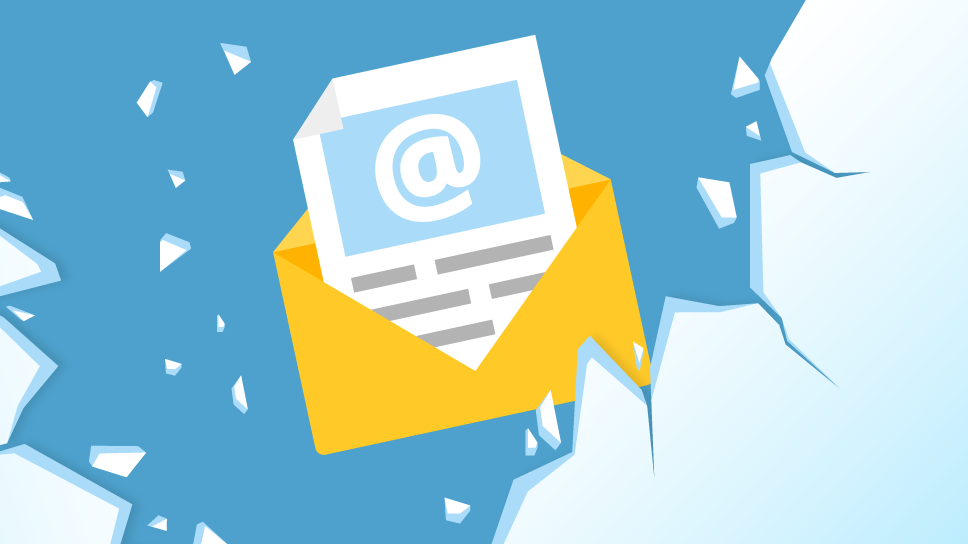The markets have spoken. At the start of the new decade, all the signs indicate that a strategy for email marketing will remain a vital component for companies, especially for brand promotion and engaging customers and prospects.
In its latest report on the state of email marketing, Demand Metrics shared the opinions of companies that use email marketing on a daily basis.
We have selected a number of trends that we think are the most interesting:
Objectives – promote brand’s growth
1 – Investing time and resources in email marketing continues to be an added value. Companies that campaign professionally see a return in the form of greater brand awareness and higher interest in the company.
2 – The data collected across companies shows that the careful use of an email marketing platform is one component that leads to growth, even though it cannot be the only solution in the face of a crisis.
Challenges – Winning Users’ Attention
3 – The race to win the user’s attention in their mailbox remains the main challenge of email marketing in 2020. Investing in increasing the effectiveness of email marketing campaigns through the use of professional platforms will produce higher email opening rates.
4 – If the goal is to increase revenues and turnover, email marketing has proven a powerful tool. The opening rates of campaigns that target sales perform better than occasional emails sent for information purposes only.
5 – Companies are increasingly entrusting resources and skills to third parties. They’re also outsourcing or collaborating between their own and external resources. B2C companies are more willing to invest in external collaborations to support email marketing activities.
Strategies – Use Professional Services
6 – What tactics do companies use to enjoy medium-to-high email opening rates (at least 16%)? The best tactics include the personalization of emails, including the subject. Companies also aim to improve the deliverability and maintenance of their contact lists. These steps require the use of professional platforms, like Emailchef, equipped with performance features.
7 – One area that has shown a significant change is the reduction in the use of lists of purchased email addresses. Email marketing experts agree that the risks from these operations far outweigh the benefits. This is a change for the better.
8 – Companies with established processes to optimize emails, such as by reviewing past campaign returns, increase their average opening rates.
Contacts – Use Information
9 – Many companies that perform email marketing do not take advantage of all the information they possess about their subscribers. According to Demand Metrics, companies say that they know their users’ most important preferences, including the type of device used to read emails, the opening time of messages, and the browsers and email clients used.
10 – Over 70% of companies use the technology available to preview how emails are displayed on various devices and mail clients. The previews are just one example of how technology is available to help marketers improve promotional actions.
Performance – Generate Conversions
11- The relationship between open and click rates is not as intuitive as some people think. A message with a convincing subject, sent by a company that is part of a certified whitelist, may not generate clicks if the text in the body of the email is poorly written.
12 – Of course, the performance of a well-packaged email message will suffer if a subject line is written without care or hasn’t been tested to verify the display on various clients and devices.
13 – The relationship between open rates and click rates suggests that marketers who follow good practices to maximize email opening are equally committed to creating messages that generate conversions.
Conclusions
The cost of email marketing platforms in 2020 is still low compared to other channels, such as social networks and Google Ads, while the return on investment that can be generated by constant and planned activity is high. The main strategy consists of:
- Sending the emails at the right time so that they reach their destination when they are most likely to be read;
- Creating email subjects and editorial content that generate the maximum open rate with a view to getting users accustomed to the quality of your messages;
- Structuring messages based on strategies that generate clicks and conversions.
Effective email marketing professionals:
- Test themselves with ambitious goals and are motivated to create compelling email marketing campaigns;
- Use strategies ranging from cultivating deliverability to launching reactivation campaigns for users who no longer engage with the company;
- Keep contact lists clean by removing email addresses that have bounced or unsubscribed;
- Take inspiration from past email campaigns to further optimize the subject line;
- Are not afraid to experiment with technologies such as sending previews, blacklists and whitelists to chase higher open rates;
- Are subscribed to competitors’ mailing lists to stay up to date.
Where are you on the road to excellent email marketing?



